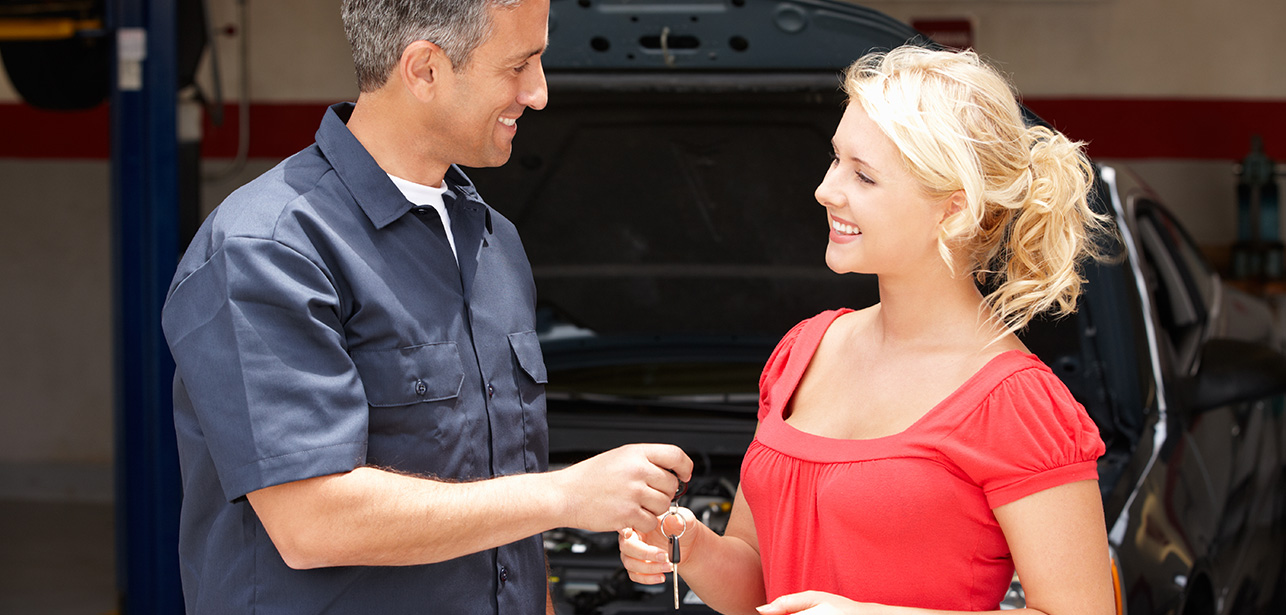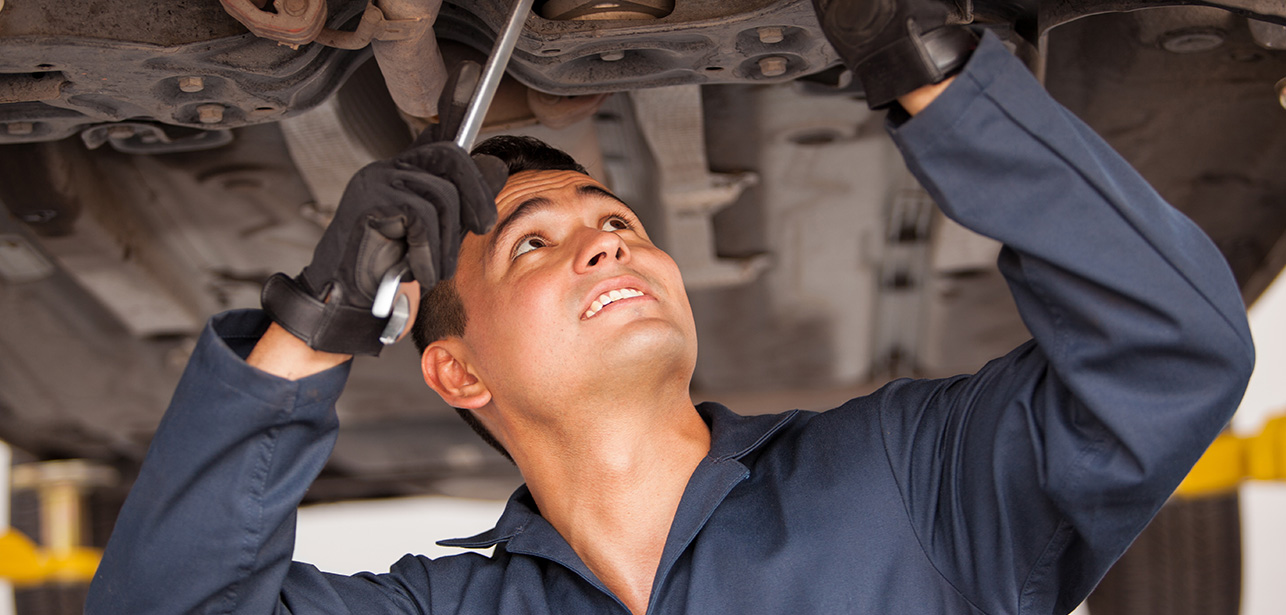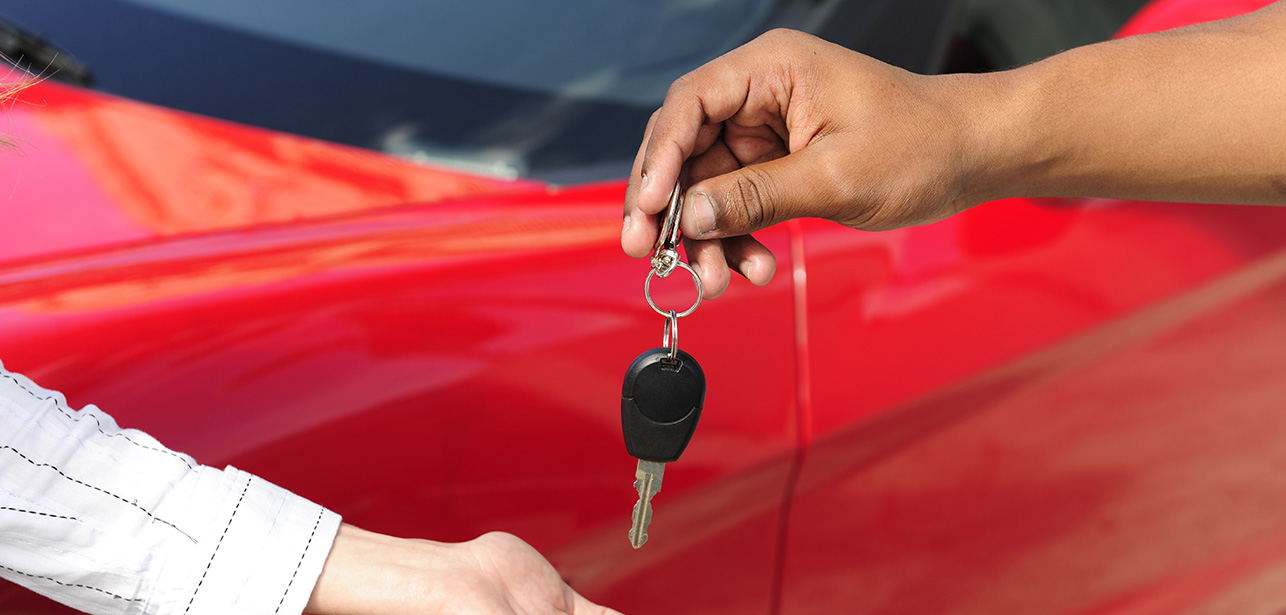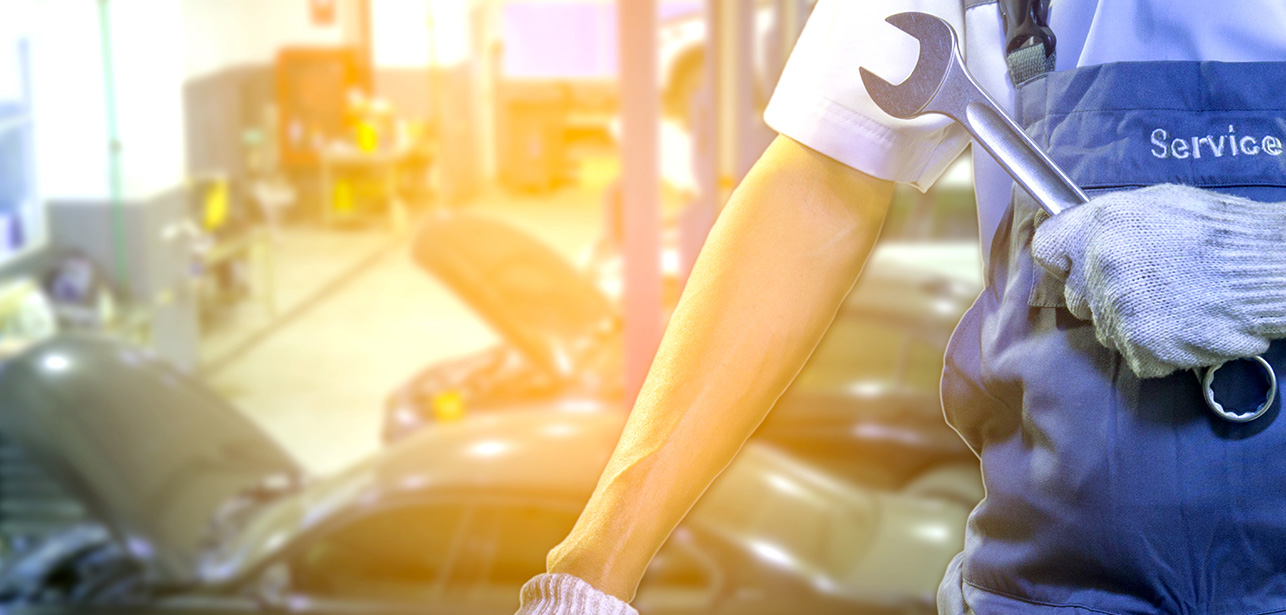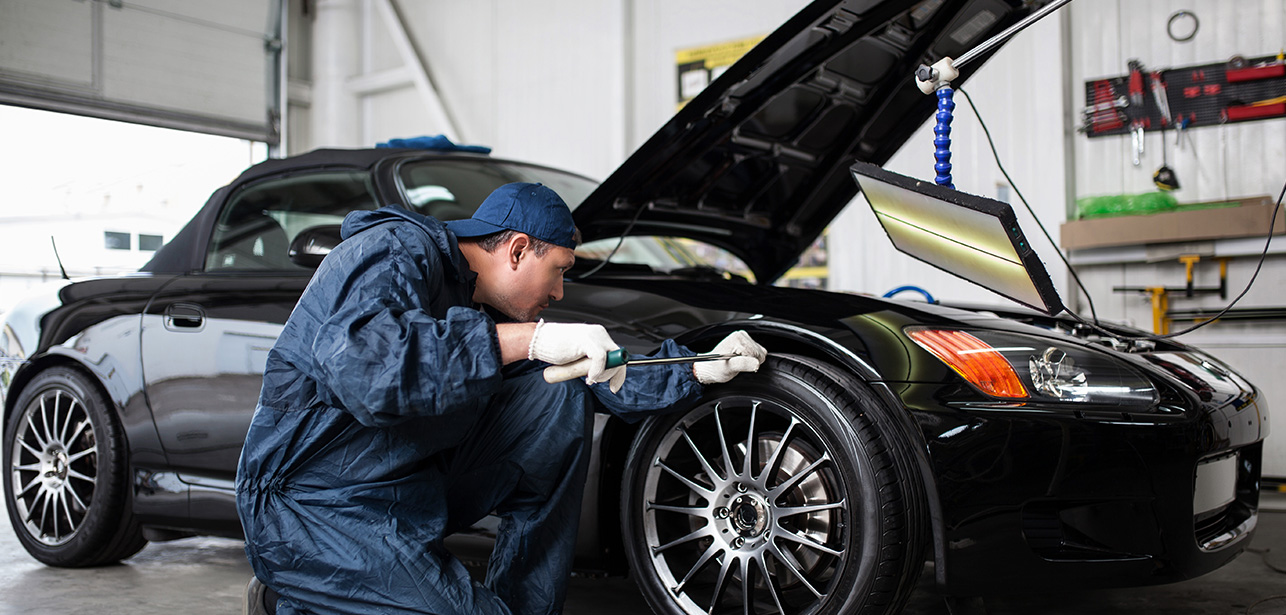
Just Bought a New Car? What to Do Next
If you have just bought a new car, you are sharing that experience on the same day as 38,355 other Americans. That’s at least what 14 million new cars per year works out to being on a daily basis.
As exciting and fun as the experience is, it also comes with its share of headaches. Those don’t have to be headaches, though, when you plan ahead and know what comes next. In the following article, we’re going to be walking you through those very things.
Consider What, Where, and How You Are Buying
Before moving too far ahead of ourselves, let’s focus on the three elements that can factor in your next moves. Admittedly, you’ll end up in the same place (i.e., with a registered and insured automobile). However, you may need to take different avenues to get there.
What You Buy
If we’re talking about truly “new” cars, then you’ll probably be buying them from a dealership. Expect to pay a lot more than you will for a quality used car that’s a few years old.
In fact, the average new car price as of May 2019 was more than $36,000. Compare that to the average used car price of $20,200. In other words, a new car will probably force you to finance while you may be able to purchase used for cash, or at least finance a considerable amount less once you’ve made a downpayment.
Where You Buy
Pretty much all dealerships, new or used, are going to offer in-house financing or the choice to finance through a bank. Terms are generally better on bank loans, though it may be more difficult to get the best interest rates if you have bad credit.
You can also go FSBO, or for sale by owner. This is liable to get you a better deal but you’ll need to know what you’re doing to make sure you’re protected.
How You Buy
We’ve already touched on it some, but it deserves its own mention. Figure out how much you’re going to finance (if any), how much you’ll be putting down (if any), and how long of a term you’re going to need.
After you’ve jumped through those hoops and made your purchase, it’s time for the aftermath. Let’s keep going!
1. Set Up a General Checklist
The first part of what to do after buying a new car is to get your obligations straight. Do this by creating a simple checklist consisting of the following:
- Car title
- Proof of safety inspection
- Insurance
- Emissions check if required
- Proof of sale/financing paperwork
- Registration
This is your (pardon us) roadmap for becoming street-legal. The rest is about checking the boxes.
2. Obtain the Car Title
The car title is to be requested from the Department of Motor Vehicles (DMV) in the state where it is sold. You will need the vehicle identification (VIN) number when making your request, which can usually be done online. The car title is yours once you’ve made the purchase, or it will be held in your name by the financial institution should you be required to purchase in installments.
3. Get Registration Handled
The bill of sale and a government-issued ID are required to get registration going. You’ll also need the title certificate and an odometer reading. Prepared with this information, you can complete registration through your state’s DMV.
4. Look at the Inspection Standards for Your State
After buying a new car, you should keep safety at the forefront of your thoughts. Just because a car is new, that doesn’t mean it’s without its faults. Car companies issue many recalls on new cars each year, ranging from minor to urgent.
Get a safety inspection as soon as you can. Check here to see if there are any existing recalls issued on your VIN.
5. Visit Your Insurance Agent
Already got an insurance agent? Great news, but don’t be afraid to shop around either. Insurance companies typically sell policies in six-month contracts, and they’re highly competitive for your business. It’s not a bad idea to play those odds to your advantage.
When you know what you’re going to do, it’s time to decide on which type of insurance you’re going to get. Will it be a minimum liability insurance policy, comprehensive or collision?
Minimum liability covers bodily injury and damages to the other motorist’s vehicle in the event the accident is your fault. States differ on their minimum requirements, but you can almost be guaranteed the minimum isn’t enough for any kind of serious accident.
Collision coverage takes care of your vehicle as well, while comprehensive pays out for all parties involved (bodily injury and property damage). Determine the amount of your deductible when making a final purchase. The higher your deductible, the lower your monthly premium will be.
6. Gather Your Financing Paperwork
Another of the important steps after buying a car is to keep your financial paperwork together in one place. This will show you in simple terms what you bought, what your payments will be, and which warranties are in place.
7. Study the User Manual
Learn to love your manual. Major car manufacturers usually make these available online. Here are some current Ford manuals as an example.
Your manual will tell you how to care for your car, which scheduled maintenance plans to adhere to, and many of the features and benefits that you may or may not already know.
8. Go Easy
You are now “street legal.” Don’t get carried away, though. Learn everything about the operations of your car before you get too comfortable with it.
Taking your time is important. It helps you get used to everything your car can do and operate it more safely over time.
Do Not Waste a Moment If You Just Bought a New Car
If you’ve just bought a new car, then you are embarking on a very exciting time. By taking the steps we’ve shared here, you can ensure that you’re ready to enjoy it without annoying red tape getting in the way. Before you go, check out some of our other great blog posts for new car buyers.





